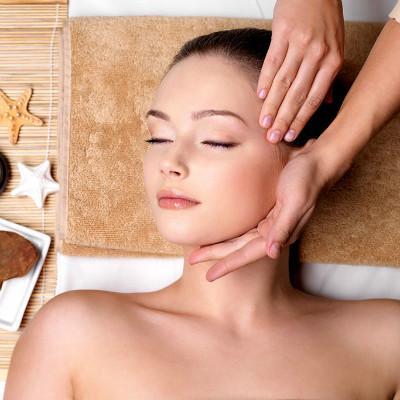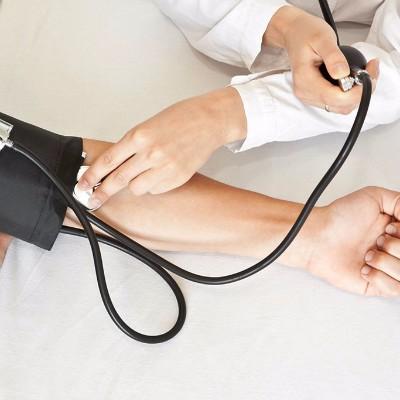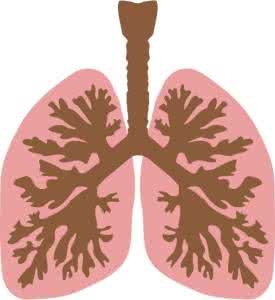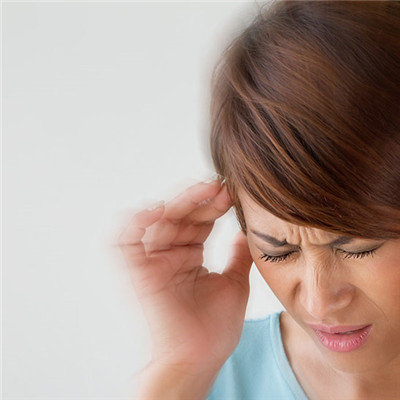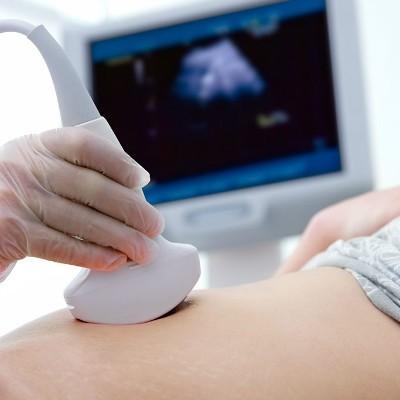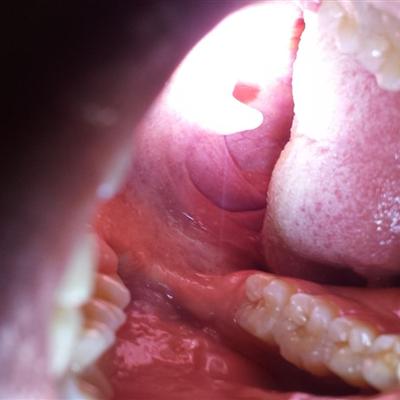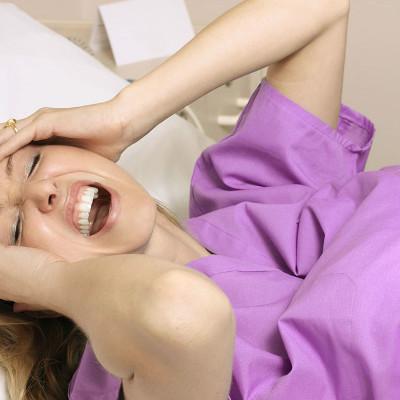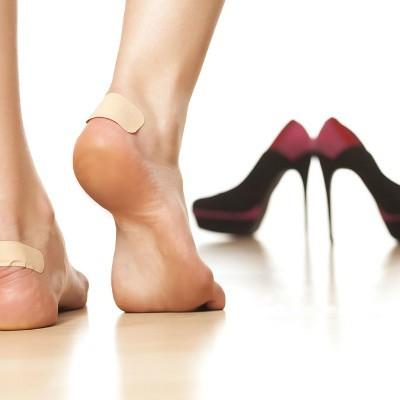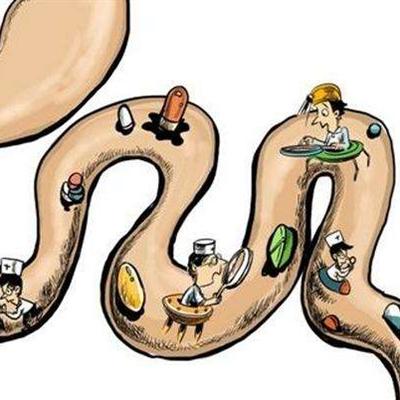What is blepharospasm how to treat?
summary
Blepharospasm is a kind of unexplained and involuntary muscle spasm and twitch in the area of facial nerve innervation, which often occurs in the middle-aged and elderly people. It is a neurological disease, which brings great pain to the spirit and body of patients, and also extremely affects the appearance. What is blepharospasm how to treat? Let's talk about it
What is blepharospasm how to treat?
Injection method: TB needle was used to inject subcutaneously or intramuscularly at 2-3 mm from the palpebral margin, and 4-5 sites were injected subcutaneously into the orbicularis oculi muscle at 1 / 3 and 1 / 3 of the upper and lower eyelids and the temporal side of the outer canthus, respectively. The recommended dose range is 5-25 units / eyelid and 5-75 units / eye.
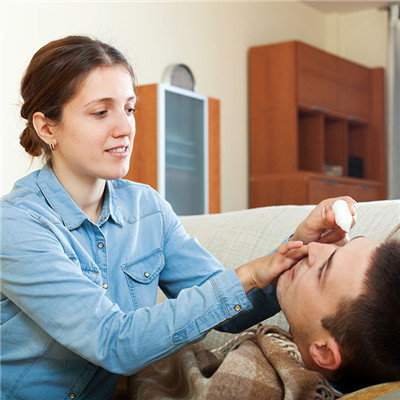
medication. This is also the first choice for the treatment of blepharospasm. Commonly used drugs include clonazepam, haloperidol, tiopride, benhexol, etc. some patients will have a certain effect at the beginning of the disease, but with the extension of the course of the disease, the effect will gradually decline, or they will stop because they can't tolerate the side effects of drugs;
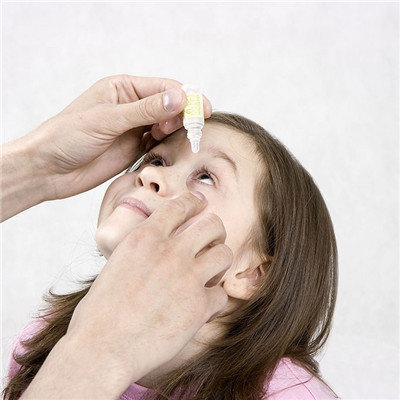
Surgical treatment. At present, it is certain that in patients with bilateral blepharospasm, the descending nerve impulse from the facial nerve is obviously hyperactive, which is also the direct cause of blepharospasm. Therefore, surgery for the facial nerve attempts to weaken the obviously hyperactive descending nerve conduction, and good results can be observed in some patients, but not all patients can benefit from surgery, Therefore, the current surgical treatment is only as a supplementary treatment for patients with ineffective drug treatment and botulinum toxin treatment, and the choice needs to be careful.
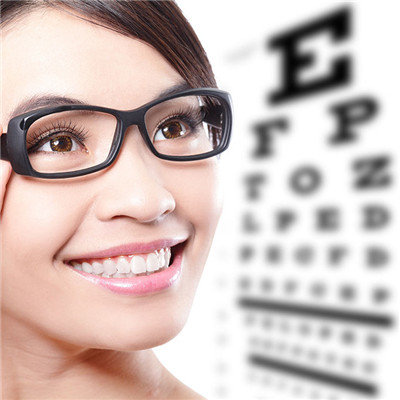
matters needing attention
During the injection, avoid the middle part of the upper eyelid to avoid the upper eyelid muscle paralysis leading to ptosis. Avoid injecting the deep inner part of the lower eyelid. The toxin may diffuse into the inferior oblique space and cause diplopia. Appropriate rest, you can also gently massage around the eyes or use a warm towel to apply a little bit to the eyes, in order to alleviate the symptoms of blepharospasm.
